
Portland Cement Manufacturing Process Description17 Portland cement is a fine powder, gray or white in color, that consists of a mixture of ... In the wet process, water is added to the raw mill during the grinding of the raw materials in ball or tube mills, thereby producing a pumpable slurry, or slip, of approximately 65 percent ...
WhatsApp: +86 18838072829
The first step is to quarry the principal raw materials, mainly limestone, clay, and other materials. After quarrying the rock is crushed. This involves several stages. The first crushing reduces the rock to a maximum size of about 6 inches. The rock then goes to secondary crushers or hammer mills for reduction to about 3 inches or smaller.
WhatsApp: +86 18838072829
Global cement production accounts for 7% of annual greenhouse gas emissions in large part through the burning of quarried limestone. Now, a CU Boulderled research team has figured out a way to make cement production carbon neutral—and even carbon negative—by pulling carbon dioxide out of the air with the help of microalgae.
WhatsApp: +86 18838072829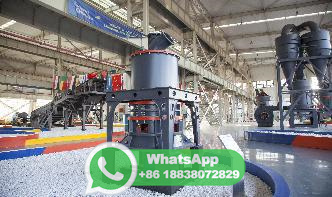
Step 1: Mining. The cement manufacturing process starts from the mining of raw materials that are used in cement manufacturing, mainly limestone and clays. A limestone quarry is inside the plant area and a clays quarry is as far from the plant area as 25 km. The limestone is excavated from open cast mines after drilling and blasting and loaded ...
WhatsApp: +86 18838072829
Coal mill is the main equipment in the pulverized coal preparation calcining topgrade cement clinker requires a stable supply of coal powder as the fuel of cement kiln, and more than 85% of pulverized coal should be finer than 200 mesh, water content less than 2%, and calorific value more than 6000Kcal/kg, therefore the pulverized coal preparation system is one of the ...
WhatsApp: +86 18838072829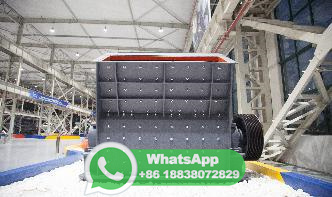
Cement manufacturing Process | How to make OPC PPC Cement by Kiln Dry Pyroprocessing system;Please LIKE | SUBSCRIBE | SHARE our you tube video for our mot...
WhatsApp: +86 18838072829
In the real cement production line, we detail the cement manufacturing process in six steps, including crushing, raw meal grinding, homogenization, preheating and clinker production, cement grinding, packing and shipping. cement manufacturing Crushing
WhatsApp: +86 18838072829![How is Cement Made? [2023] Specifier Australia](/ktbo0xj/678.jpg)
The manufacturing process of making cement is a sequence of steps in a manufacturing plant known as cement mills. The basic ingredients for making cement are limestone and clay. ... The raw materials are fed into the mill and the grinding process begins as the steel balls grind against each other. The rotational speed of the mill is between 50 ...
WhatsApp: +86 18838072829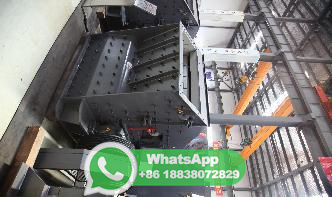
The cement production processes mainly include raw material crushing and storage, raw material proportioning and grinding, clinker calcination, clinker grinding, cement packing, etc. Portland cement is the most widely used cement in our daily life. It is made from a variety of raw materials, typically sand, iron ore, clay, gypsum, limestone ...
WhatsApp: +86 18838072829
Cement mill is another necessary cement equipment of the cement plant. After raw material crushing, cement mill plays vital role in the further cement manufacturing process. Cement ball mill, vertical cement mill, and cement roller press are common types of cement grinding plant. cement ball mill. Cement mill has two functions of the cement ...
WhatsApp: +86 18838072829
The raw material production of cement plant can be classified into four steps: crushing, grinding, mixing and homogenizing. Crushing: the limestone and other materials are crushed into small pieces by cement crusher, such as hammer crusher, cone crusher, jaw crusher, impact crusher, etc. Mixing: according to the requirement of clinker, compound ...
WhatsApp: +86 18838072829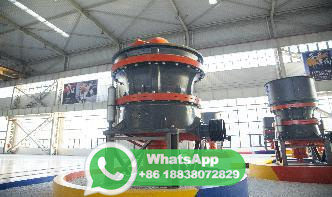
materials to make cement, the bonding agent in concrete. Cement manufacturing is energy intensive and a major source of greenhouse gas (GHG) emissions from the industrial sector. In 2019, ninetytwo cement plants reported ... (Scope 1) from onsite fuel use and process emissions, comprising the majority of GHG emissions from cement plants. ii.
WhatsApp: +86 18838072829
After completion of feasibility study, Consultants can be hired for plant process designing, in parallel the same consultant will guide how to get other govt. permission required. 3. With Defined capacity different suppliers are available in the market for supply of cement mills and other aux circuit. 4.
WhatsApp: +86 18838072829
Cement, an ultrafine grey powder, binds sand and rocks into a mass or matrix of concrete. Cement is the key ingredient of concrete. Making concrete is similar in principle to baking a cake: selected ingredients are mixed together, heated, and allowed to set.
WhatsApp: +86 18838072829
Our aim is to produce highperformance cements with significantly reduced carbon footprints, leading the way in building more ecoconscious communities. Our dedication to sustainability doesn't stop at our specialty products. Masonry cement, mortar cement, and blended cementeach product in our broad portfolio carries our commitment.
WhatsApp: +86 18838072829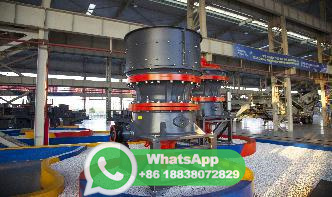
ARLINGTON, Va.—. At concrete plants across the world, diesel mixer trucks take in a polluting blend of sand, gravel, water and cement. A facility outside Washington,, is adding a new ...
WhatsApp: +86 18838072829
Cement grinding plant ||cement grinding kaise hota hai||how to make cement factory||
WhatsApp: +86 18838072829
A cement mill is an important component of the cement manufacturing process in a cement plant. ... and other materials into a fine powder that is used to make cement. The parts of a cement mill ...
WhatsApp: +86 18838072829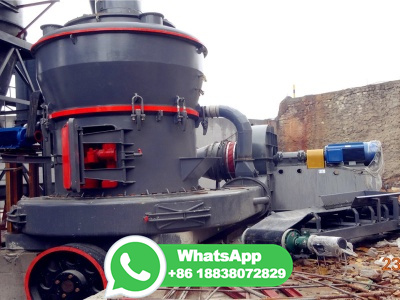
The cement crushing process. The raw material can be broken by extrusion, shearing, rolling or impacting. The crusher works by a single or a group of them. There are jaw crusher, gyratory crusher and cone crusher which work by extrusion principle. Hammer crusher and impact crusher working on impact principle.
WhatsApp: +86 18838072829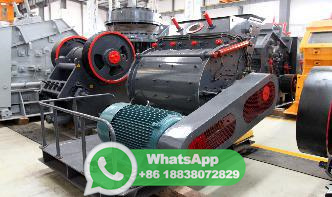
A typical process of manufacture consists of three stages: grinding a mixture of limestone and clay or shale to make a fine "rawmix" (see Rawmill); heating the rawmix to sintering temperature (up to 1450 °C) in a cement kiln; grinding the resulting clinker to make cement (see Cement mill).
WhatsApp: +86 18838072829
There are three steps of the hightemperature system: Drying or preheating, calcining, and sintering. The calcining is the core part of the clinker production; the raw meal is weighed and sent into preheater and cement kiln to process clinker. Grate cooler helps to cooler clinker, the cooled clinker is sent to the cement silo for storage.
WhatsApp: +86 18838072829
Table 1. Raw materials are used to produce the main cement elements (Mohsen, 2015) • Quarry The process of obtaining raw materials for cement manufacturing involves mining and quarrying natural ...
WhatsApp: +86 18838072829
A detailed audit is an ideal way for independent assessment of performance of a cement plant, and for identifying performance gaps, bottlenecks and opportunities for improvement. We offer audits that evaluate present performance and recommend actions to improve your cement manufacturing business. We help you to assess and optimize your current ...
WhatsApp: +86 18838072829
There are four stages in the manufacture of portland cement: (1) crushing and grinding the raw materials, (2) blending the materials in the correct proportions, (3) burning the prepared mix in a kiln, and (4) grinding the burned product, known as " clinker," together with some 5 percent of gypsum (to control the time of set of the cement).
WhatsApp: +86 18838072829
The utilisation of coal in the cement and concrete industries takes three basic forms: 1. As a fuel in the production of cement clinker, 2. Ash produced by burning coal in power stations is used as a component in cement rotary kiln feeds, 3. Ash produced by burning coal in power stations is used as a mineral additive in concrete mixes.
WhatsApp: +86 18838072829
The answer is the cement industry. Limestone plays two major roles in the cement manufacturing process, one is used as a raw material for cement clinker, and the other is used as a cement admixture. Limestone is one of the key raw materials of cement clinker. Around 8090% of the raw material for the kiln feed is limestone.
WhatsApp: +86 18838072829
Cement Manufacturing Process Phase 1: Raw Material Extraction. Cement uses raw materials that cover calcium, silicon, iron and aluminum. Such raw materials are limestone, clay and sand. Limestone is for calcium. It is combined with much smaller proportions of sand and clay. Sand clay fulfill the need of silicon, iron and aluminum.
WhatsApp: +86 18838072829
1. Mining the raw material Limestone and clay are blasted from rock quarries by boring the rock and setting off explosives with a negligible impact of the environment, due to the modern technology employed. 2. Transporting the raw material
WhatsApp: +86 18838072829
The show the flow diagram of the dry process of the manufacture of cement. 1. Dry Process. In the dry and semidry process the raw materials are crushed in a dry state. Then, they are processed in grinding mill, dried and reduced to very fine powderlike. That dry power is further blended, corrected for the right composition and mixed ...
WhatsApp: +86 18838072829
Just like general cement manufacturing plant, the white cement manufacturing process can be generally divided into six steps: Crushing: carbonate composition mostly uses primary crushing. Since a large number of dye oxides are concentrated in the fine particles, it is best to screen the fine particles before feeding them into the cement crusher.
WhatsApp: +86 18838072829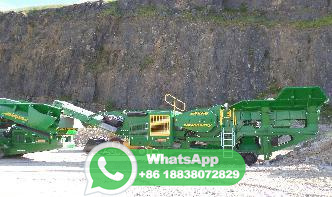
Today we'll discuss the first part: cement factory cost ( or cement plant cost). According to the data we know, the total cost of a cement plant is estimated to be US 17,000 to US 20,000 per ton. One thing to be clear, this is just an estimation, in the real cement plant building, the cement factory cost is affected by various factors ...
WhatsApp: +86 18838072829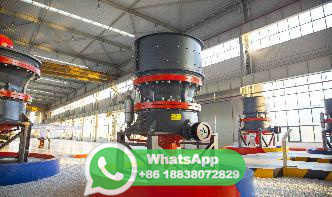
Grinding of clinker consumes power in the range of kWh/ton of clinker produced. These and other pyroprocessing parameters make cement production costly. The pyroprocessing process in kilns and the grinding technologies therefore have to be optimized for best processing. This paper discusses the cement manufacturing and grinding processes.
WhatsApp: +86 18838072829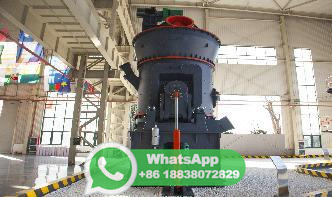
Stage 1: Raw Material Extraction/Quarry The raw cement ingredients needed for cement production are limestone (calcium), sand and clay (silicon, aluminum, iron), shale, fly ash, mill scale, and bauxite. The ore rocks are quarried and crushed into smaller pieces of about 6 inches.
WhatsApp: +86 18838072829
The process of cement making. Cement is produced from suitable raw materials in six stages (Figure 1). Mining limestone/raw materials; grinding, ... The cooled clinker is then ground in a suitable grinding mill with about 5% gypsum or another calcium sulphate source and other trace components such as limestone and stannous or ferrous sulphate.
WhatsApp: +86 18838072829